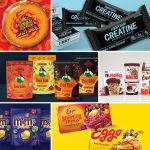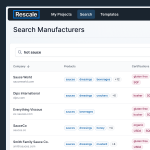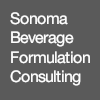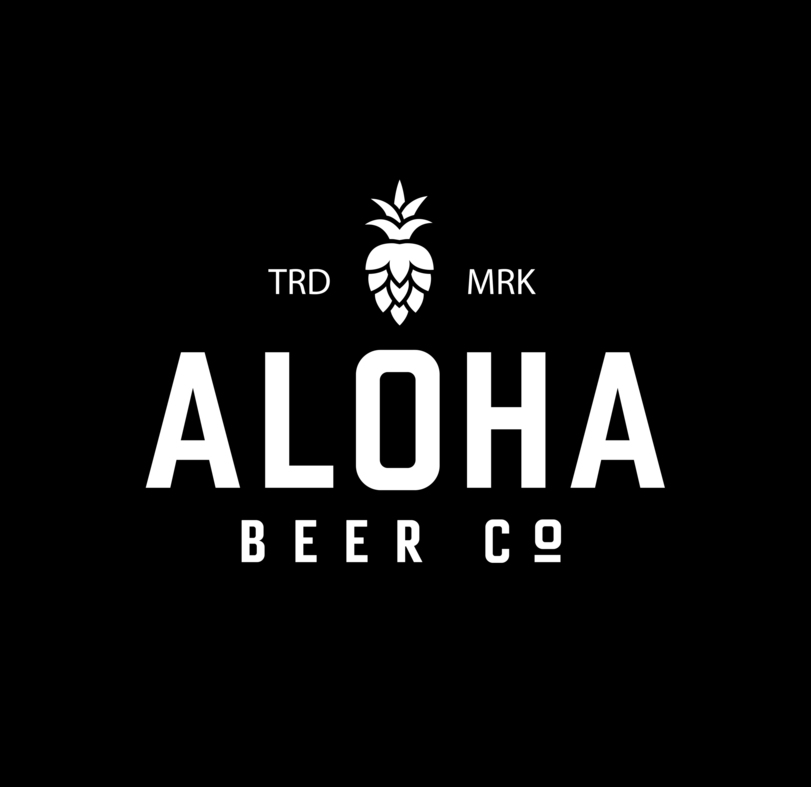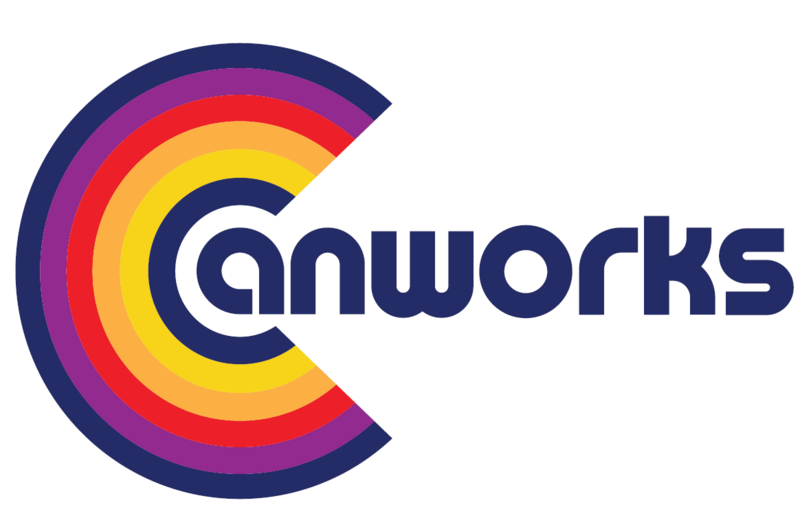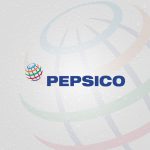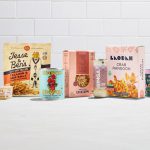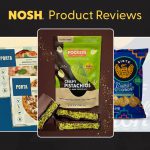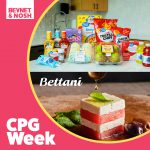Companies Discuss Inflation, Innovation and Marketing Strategies on Earnings Calls
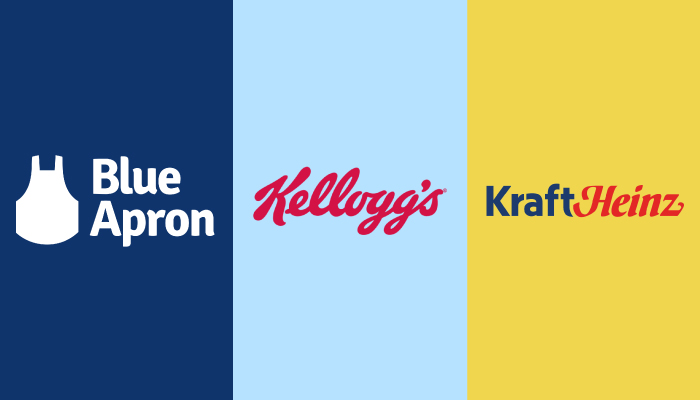
Kellogg’s Net Sales Up in Q2 as On-the-Go Snacks Rebound
The Kellogg Company’s net sales were up 3% to $3.5 billion for the second quarter, while its North American sales took a 7% hit, the company announced in an earnings call today. At-home eating remained elevated, and as consumers begin to return to pre-pandemic shopping patterns, on-the-go snack purchases and sales in the away-from-home channel have increased, CEO Steven Cahillane said.
Net sales for North America snacks in particular were up 1% compared to 2020, with portable snack and bar purchases for on-the-go oriented brands like RXBar, Special K and Nutri-Grain showing “signs of recovery,” Cahillane said. Cereal, however, saw 21% declines from the year-ago quarter and 1% decline over two years as the company worked through capacity restraints, though its better-for-you cereal brands like Special K, Kashi and Bear Naked showed strong performances, the company said.
Frozen category net sales were down 7% year-over-year but up 2% over two years. Plant-based protein was a notable growth driver within this segment, with Kellogg’s MorningStar Farms brand notching strong consumption growth and increasing its household penetration. Cahillane attributed the brand’s success to its continually expanding portfolio, adding new chicken alternatives, appetizers and breakfast meats. MorningStar Farms sub-brand Incogmeato is also “proving to be incremental,” he said.
Inflation was higher than expected in the quarter, CFO Amit Banati said, particularly across packaging and freight, triggering the company to execute revenue growth management actions. Cahillane said the company anticipates high costs to persist into next year.
“The current business environment is anything but business as usual,” he said. “We managed through this environment very effectively in the first half, and we affirm guidance today with confidence that we will continue to manage through it in the second half.”
Blue Apron Reports Customer Loss, Average Revenue Increases in Q2
Blue Apron reported $124 million in net revenue, down 5% year-over-year, in its second quarter earnings call this week. Average order value increased year-over-year and from the first to second quarters, with the average revenue per customer above $310 for the fifth consecutive quarter. However, the company still saw a loss of approximately 20,000 customers since Q2 of 2020.
CEO Linda Findley Kozlowski said the results this quarter reflected a “return to a more normalized environment.”
“The internal data indicates that while the pandemic accelerated and heightened consumer awareness and interest in meal kits as well as cooking more at home, it’s a trend we expect to carry on for some time,” she said.
Kozlowski said the increase in average order value (AOV) can be attributed to new product offerings, with the company adding 13 menu items, including Butcher Bundles, order add-on options and a Craft Burger offering, since March. Kozlowski said the company’s premium offerings, such as duck breasts, yellowtail fillets and za’atar steak have contributed to the highest increase in AOV. Customization is also a driving factor, she said, with Blue Apron allowing customers to swap out, add or update ingredients in recipes in order to meet special diets.
The company is also working to grow its monthly wine subscription program, Kozlowski said, in another attempt to stand out from competitors.
Blue Apron plans to continue to support these expansions with higher marketing spend to drive customer engagement. Last month, it partnered with Partnership for a Healthier America to launch Pass the Love boxes developed with former White House Senior Nutrition Policy Adviser and chef Sam Kass. The boxes are the company’s most affordable offerings at $6 per serving, Kozlowski said. The partnership with Kass will continue into the coming months, she said, with new menu items launching on August 9.
CFO Randy Greben said the company has also seen a rise in the cost of goods due to increases in inbound freight, logistics, and high food costs due its use of premium ingredients and seasonal produce. In light of these shifts, Kozlowski said she plans to maintain the company’s strong margins through supply chain efficiencies as well as pricing.
Greben said the company foresees high single-digit to low double-digit net revenue growth for 2021.
Kraft Heinz Talks ‘Manageable’ Inflation Costs, Innovation Strategy
In its second quarter earnings call yesterday, Kraft Heinz reported $6.6 billion in net sales, a 0.5% decrease from the year-ago period, with net sales down 3.6% in the U.S. The company largely attributed the decrease to lower COVID-19-related retail demand compared to a year ago, as well as the divestiture of its nuts and natural cheese businesses.
Despite continued foodservice declines from exiting its McCafe licensing agreement, the company’s foodservice business is “showing a relatively quick rebound,” CEO Miguel Patricio said. As foodservice returns, U.S. Zone President Carlos Abrams-Rivera said it’s “too early to tell” how this will affect at-home consumption, though he said foodservice growth may ultimately be beneficial to the company’s retail business.
“We’re optimistic about our plans that we can actually drive sustainable growth in both the retail and the foodservice,” he said. “And I think it’s fair to say that we also have a big ambition from away-from-home business. We believe foodservice is actually both a generation of insights and innovation that can actually help in the retail side of the business.”
Abrams-Rivera said the company has become increasingly focused on innovating to meet consumers’ needs across its portfolio, particularly with new convenient or better-for-you products offerings like Primal Kitchen’s cashew-based Buffalo Sauce and Just Crack an Egg Omelet Rounds. The company is also making a push for more “consumer-led, culturally relevant campaigns,” to modernize its iconic brands, which includes its Kraft Macaroni & Cheese ice cream collaboration with Van Leeuwen Ice Cream.
Like most CPG companies, Kraft Heinz has faced inflationary pressures across ingredients, packaging and transportations. Patricio said the cost increases are “manageable” and the company does not see inflation “getting in the way of our strategic progress.” The company is managing inflation by assessing and adjusting depth and frequency of promotions, restoring retail activations, and executing price increases of 1.4% in the U.S.

